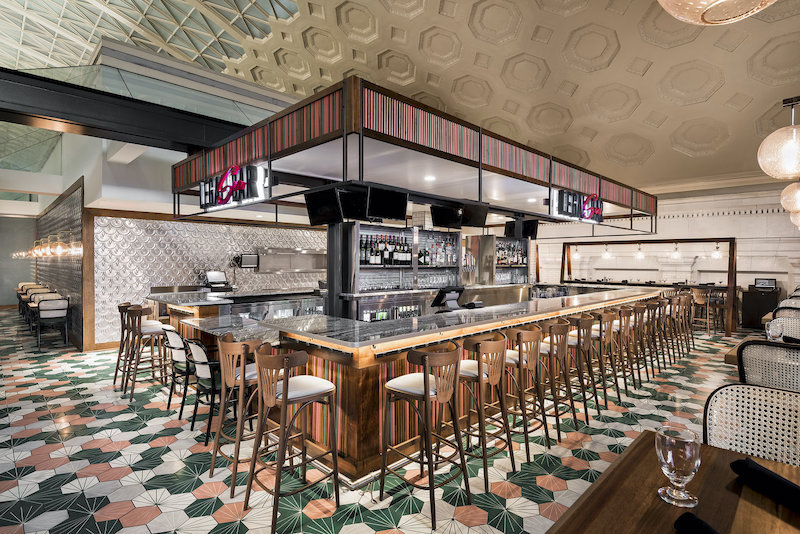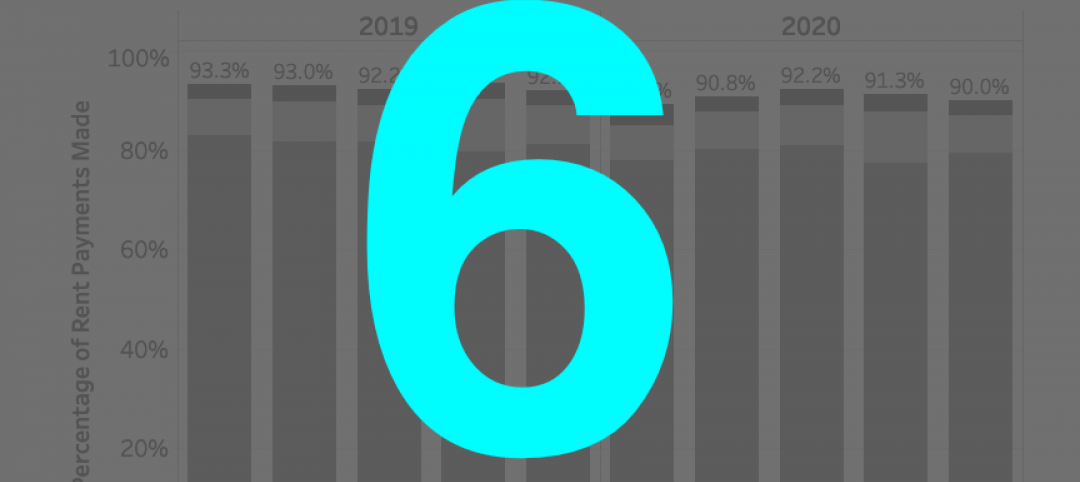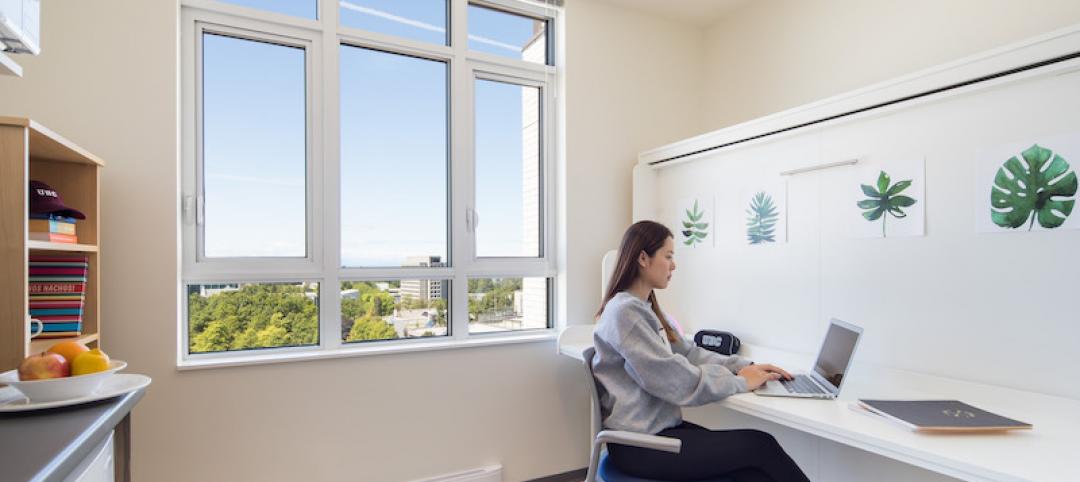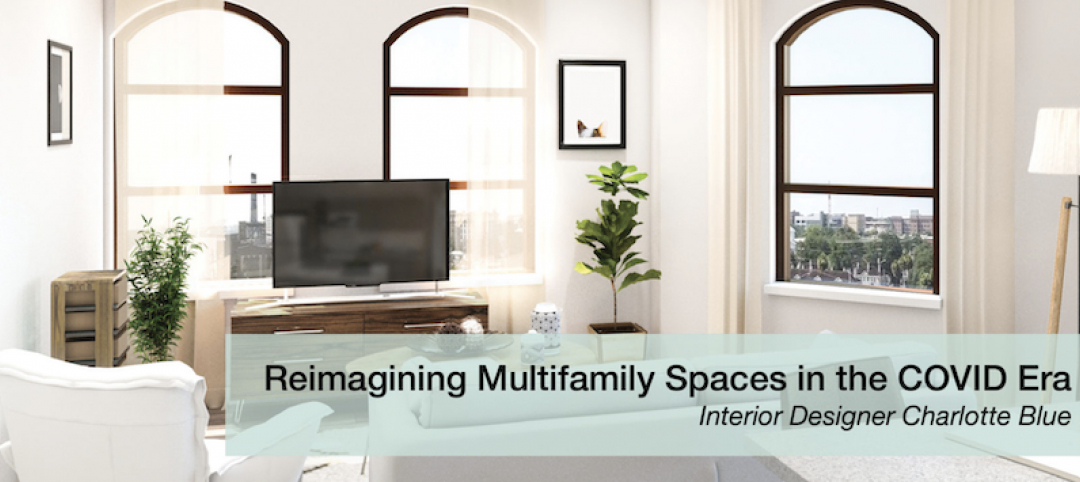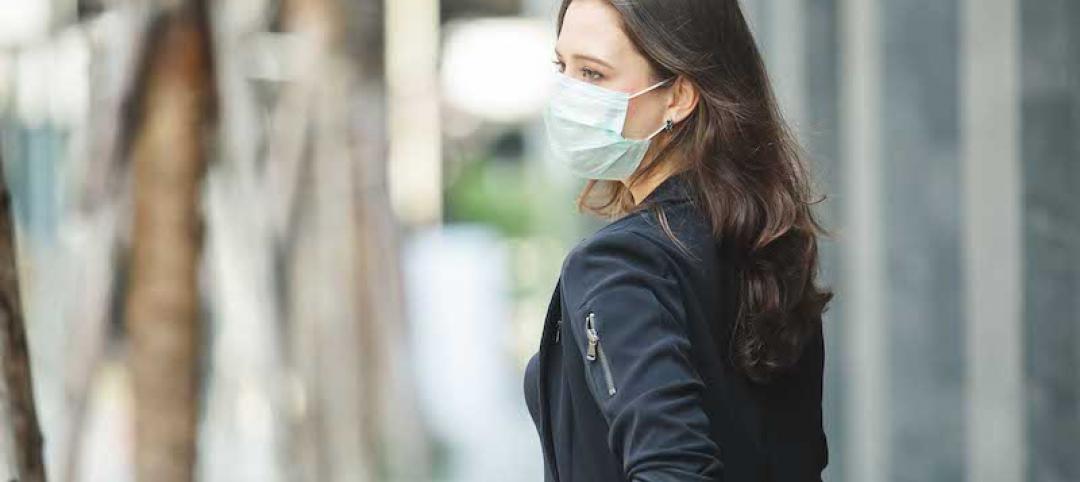Tens of thousands of restaurants and hotel rooms in the U.S. have been vacant as a result of the novel coronavirus. The U.S. Bureau of Labor Statistics estimates that the leisure and hospitality sector lost 7.7 million jobs in April alone, with restaurants taking most of that hit, and the sector’s unemployment rate soared to 39%.
Even in states like Georgia that reopened their economies earlier than most, customers have been reluctant to go to restaurants whose staffs are wearing masks, checking patrons’ temperatures, and using disposable placemats. The Texas Restaurant Association estimates that at least 12% of restaurants in the state had closed permanently due to the virus’s outbreak.
Getting customers to book a room and reserve a table again is going to take more than shuffling some furniture around. “We’re going to have to redesign the word ‘safe’ to help guests understand cleanliness,” says David Shove-Brown, Partner and Principal with //3877, a boutique design firm based in Washington D.C., with hospitality and restaurant design practices.
“As any business now, restaurants will need to convey what the brand, ownership, and staff are doing to ensure they are implementing even higher cleaning standards than before,” says Lesley Hughes Wyman, RID, ASID, IIDA, NEWH, Partner and Principal with MatchLine Design Group, a Dallas-based interior design firm whose specialties include hotels, casinos, and convention centers.

//3877 was the lead architect on the complete conversion of the 100-key Aloft Hotel in Columbia, S.C., which opened in the Summer of 2018 and included a new lobby. The firm believes that hotels will need to convince guests that they are staying a safe environment. Image: The Rohm Group
FLEXIBILITY AND STAFF TRAINING ARE KEYS TO REOPENING SUCCESSFULLY
Wyman sees flexibility as the key, “where options that allow varied gathering reconfigurations are paramount.” Griz Dwight, AIA, LEED AP, Principal and Owner of GrizForm Design Architects in Washington D.C., says his firm has been talking with many of its hospitality clients about how to reconfigure a space’s layout so that it creates more of a circular pattern for foot traffic versus straight in and out. In terms of restaurant design, “we might see more loose tables and fewer banquettes and booths,” or on the other hand “more intimate, secluded spaces” that incorporate four-top booths and private areas, says Dwight. Bar stools will need to be spread out to give patrons more room.
The three design executives espouse nonporous cleanable fabrics, preferably with antimicrobial features. Shove-Brown speculates that hotels might bounce back a little quicker than restaurants “as they are easier to clean and allow safe social distancing.” Restaurants, he adds, will need to become “more adaptable,” and demonstrate “increased resilience” that will take more time to implement.
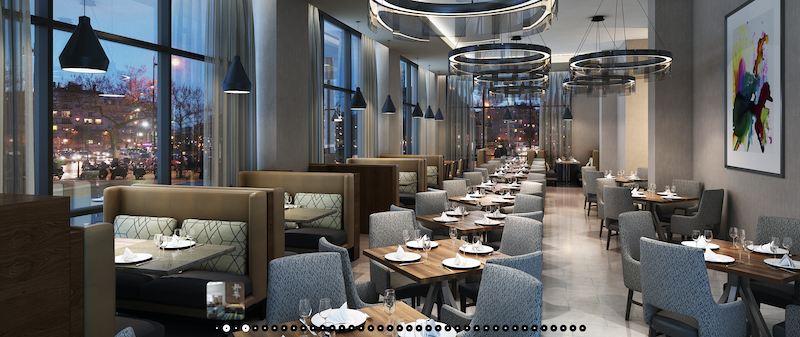
One of MatchLine Design Group's recent restaurant projects. To reopen, restaurants are going to need to reduce their capacities, at least initially, which will mean more spacing between tables and booths, and possibly more secluded and private spaces. Image: MatchLine Design Group
MatchLine is now also specifying products that can function with fewer touchpoints, such as automatic window treatments and lighting scenarios based on the guests’ location within a room. “We may even be looking to integrate air filtration systems within spaces and have that become part of the design itself,” says Wyman.
Hotels and restaurants must do a better job of alerting their customers of their new cleaning and infection-control regimens. But Shove-Brown is wary about design overkill. “People need to remember that this will pass. As designers and architects, we must look to temporarily fix the industry, not redesign it.” His temporary solutions include plastic dividers, UV lights, and touchless features in restrooms that “will ease guest discomfort.” He also believes that “clean” ultimately will come down to training staff to disinfect diligently and overtly “to ensure [that] guests feel safe.”
Related Stories
Coronavirus | Aug 25, 2020
Video: 5 building sectors to watch amid COVID-19
RCLCO's Brad Hunter reveals the winners and non-winners of the U.S. real estate market during the coronavirus pandemic.
Coronavirus | Aug 25, 2020
6 must reads for the AEC industry today: August 26, 2020
Big-box retailers’ profits surge, and rent payment tracker finds 90% of apartment households paying rent.
Coronavirus | Aug 25, 2020
7 must reads for the AEC industry today: August 25, 2020
Medical office buildings get a boost by demand and capital, and why the COVID-19 pandemic is increasing the need for telemedicine.
University Buildings | Aug 20, 2020
Student housing in the COVID-19 era
Student housing remains a vital part of the student and campus experience.
Coronavirus | Aug 17, 2020
Covid-19 and campus life: Where do we go from here?
Campus communities include international, intergenerational, and varied health-risk populations.
Coronavirus | Aug 10, 2020
Reimagining multifamily spaces in the COVID era
Multifamily developments pose unique challenges and opportunities.
Coronavirus | Aug 3, 2020
Exploring the airborne transmission of the coronavirus and strategies for mitigating risk
Health authorities say it’s important to understand the dangers of microdroplets. How might indoor ventilation need to change?
Coronavirus | Jul 31, 2020
The Weekly show: Microhospitals, mass timber, and the outlook for 5 key building sectors
The July 30 episode of BD+C's "The Weekly" is available for viewing on demand.
University Buildings | Jul 24, 2020
A hybrid learning approach could redefine higher education
Universities reassess current assets to determine growth strategies.


